The conflict in Syria has returned to the front pages after years of media obliviousness due to a lightning jihadist offensive on the strategic city of Aleppo. Here’s what we know right now.
Militants from al-Qaeda*-linked terrorist group
Tahrir al-Sham* and the so-called
‘Syrian National Army’ began an offensive toward Aleppo on November 27.
The jihadists were able to assemble forces for the operation in Idlib, a province of Syria controlled by terrorists since 2015, and into which tens of thousands of militants fled between 2016-2018 amid Syrian army operations to liberate major cities in the west and south.
Militants advanced through dozens of villages and towns west of Aleppo in the first hours of the offensive, capturing multiple strategic settlements, and reportedly cutting the key M5 Motorway linking Aleppo with Damascus.
The Syrian army responded with air and artillery strikes into areas of Idlib and Aleppo province, including the city of Idlib itself, as well as the towns of Ariha and Sarmada. Russian jets targeted concentrations of terrorists in Atarib, Darat Izza, Mare and elsewhere. The Kurdish-led Syrian Democratic Forces fighters also mobilized to help defend the city.
Strikes reportedly killed two senior jihadist commanders involved in the assault on Aleppo.
Iran confirmed that Brig. Gen. Kioumars Pourhashemi of the IRGC, an advisor to Syrian forces, was killed on the first day of the assault.
Terrorist forces penetrated defenses in Aleppo proper on Friday, carrying out suicide bombing attacks, clashing with local defenders, and reportedly occupying the city’s world-famous Citadel Saturday morning.
Syrian forces began a counterattack on Friday. The army reported the destruction of dozens of armored vehicles and the liquidation of hundreds of fighters in Idlib and Aleppo, including what it said were foreign mercenaries. In a statement Saturday, the Syrian army acknowledged the advance of terrorists into “many areas of the city of Aleppo,” but said
fighting was continuing to prevent them from gaining a permanent foothold.
The army said “dozens” of Syrian servicemen had been killed or injured in the course of defensive operations against “thousands of foreign terrorists” armed with “heavy weapons and a large number of drones.”
The terrorist offensive on Aleppo began the same day the
ceasefire between Israel and Hezbollah in Lebanon entered into force, although the jihadists claim it was tied to recent Syrian strikes targeting terrorist commanders in Idlib – where a shaky Russia and Turkiye-mediated ceasefire had been in place since 2020.
Iranian Foreign Minister Abbas Araghchi assured his Syrian counterpart Bassam al-Sabbagh Friday that Iran would continue to support Damascus’ fight against the jihadists. Araghchi characterized the resurgence of terrorism in northern Syria as a US-Israeli plot aimed at destabilizing West Asia after the IDF “failures” confronting Hezbollah in Lebanon.
Veteran international affairs observer Seyed Mohammad Marandi
echoed this sentiment in an interview with Sputnik on Friday.
The terrorist advance on Aleppo puts additional pressure on the Syrian government as it combats a long-term foreign-backed
jihadist proxy war aimed at overthrowing President Assad,
illegal US bases on Syrian soil in the country’s oil and food-rich east and south, and a
decades-old conflict with Israel exacerbated by the Gaza and Lebanon crises.
For Syria’s enemies, keeping the nation in a perpetual state of war also serves several important goals, including: preventing President Assad from declaring total victory in the proxy war against him by the US and its allies, stopping Syria from fully normalizing ties with neighbors, depriving Syria’s allies – Iran and Russia, of a stable, prosperous partner in a key region.
* Terrorist groups outlawed in Russia and many other countries.

 4 months ago
36
4 months ago
36
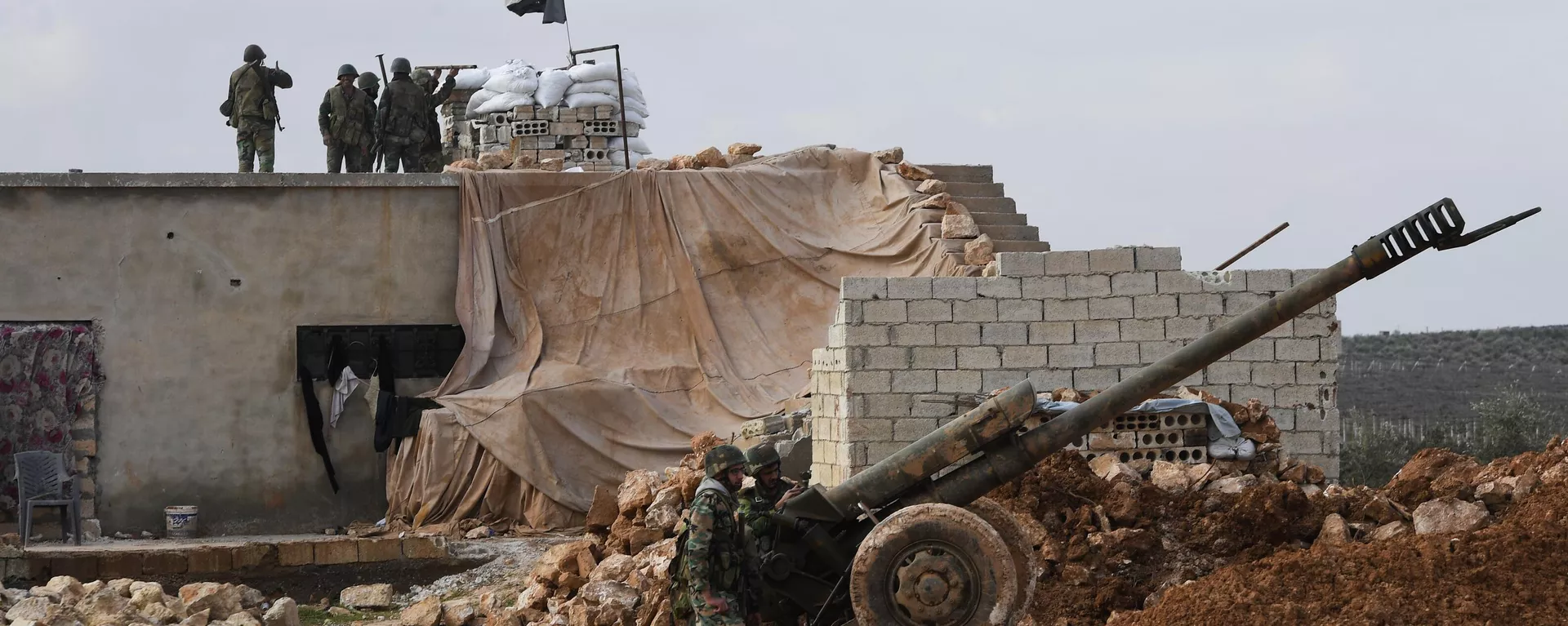
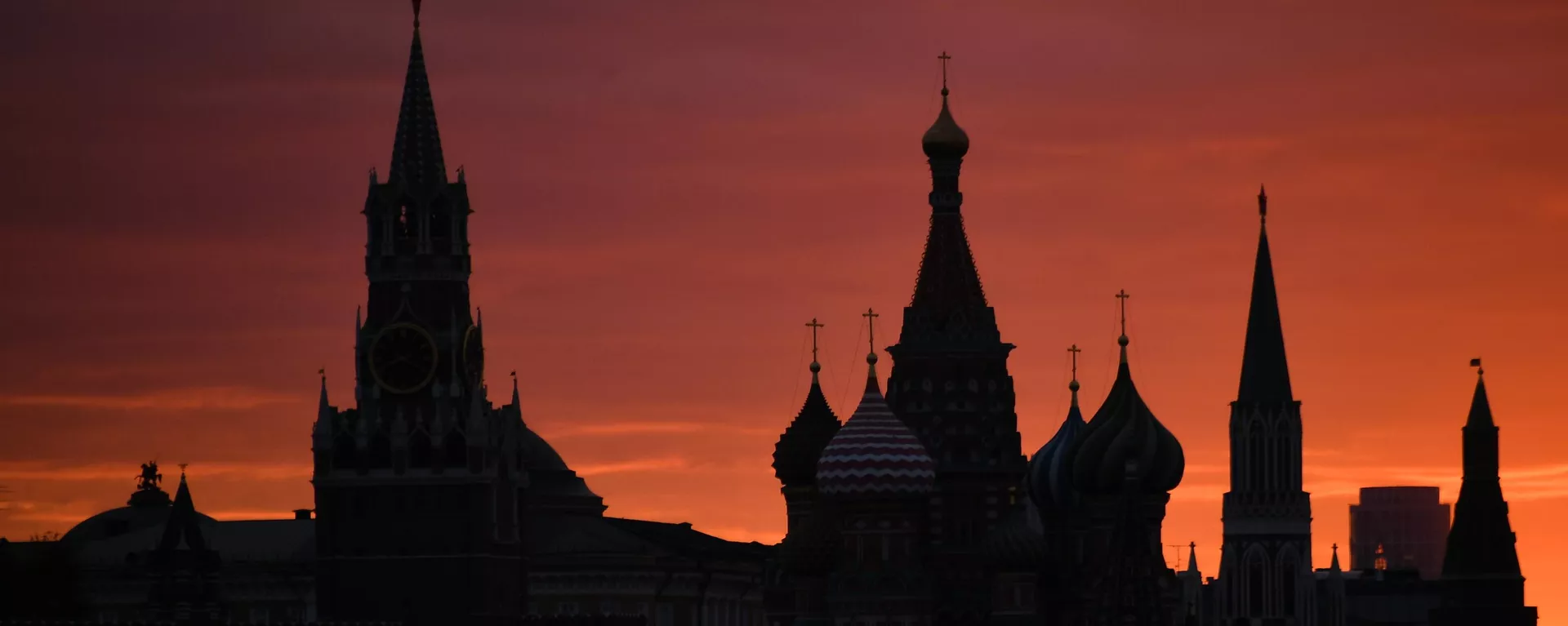
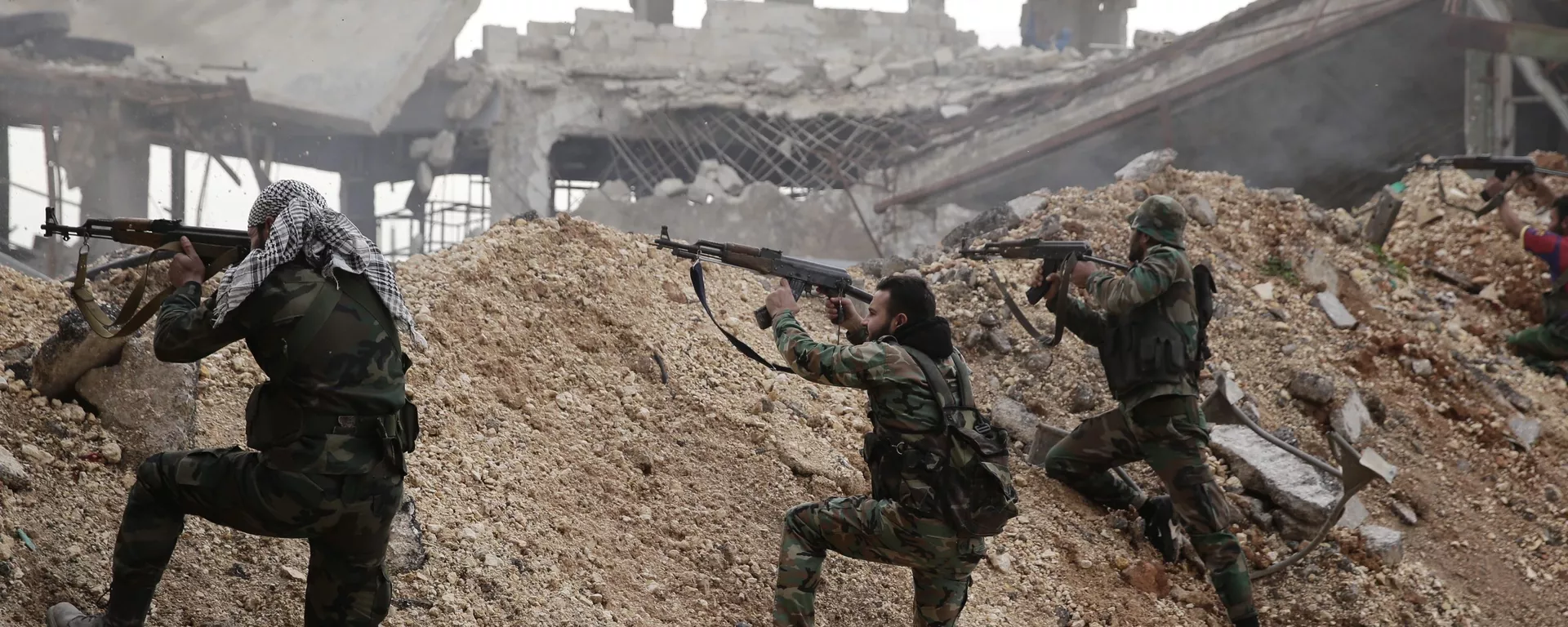

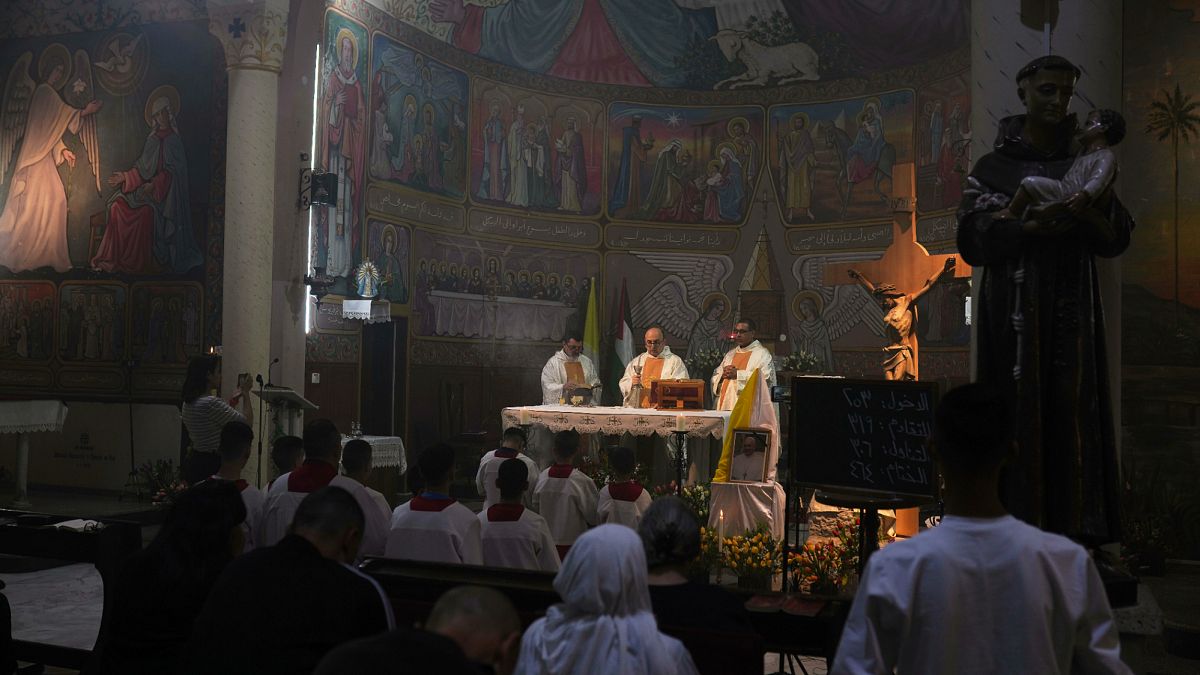

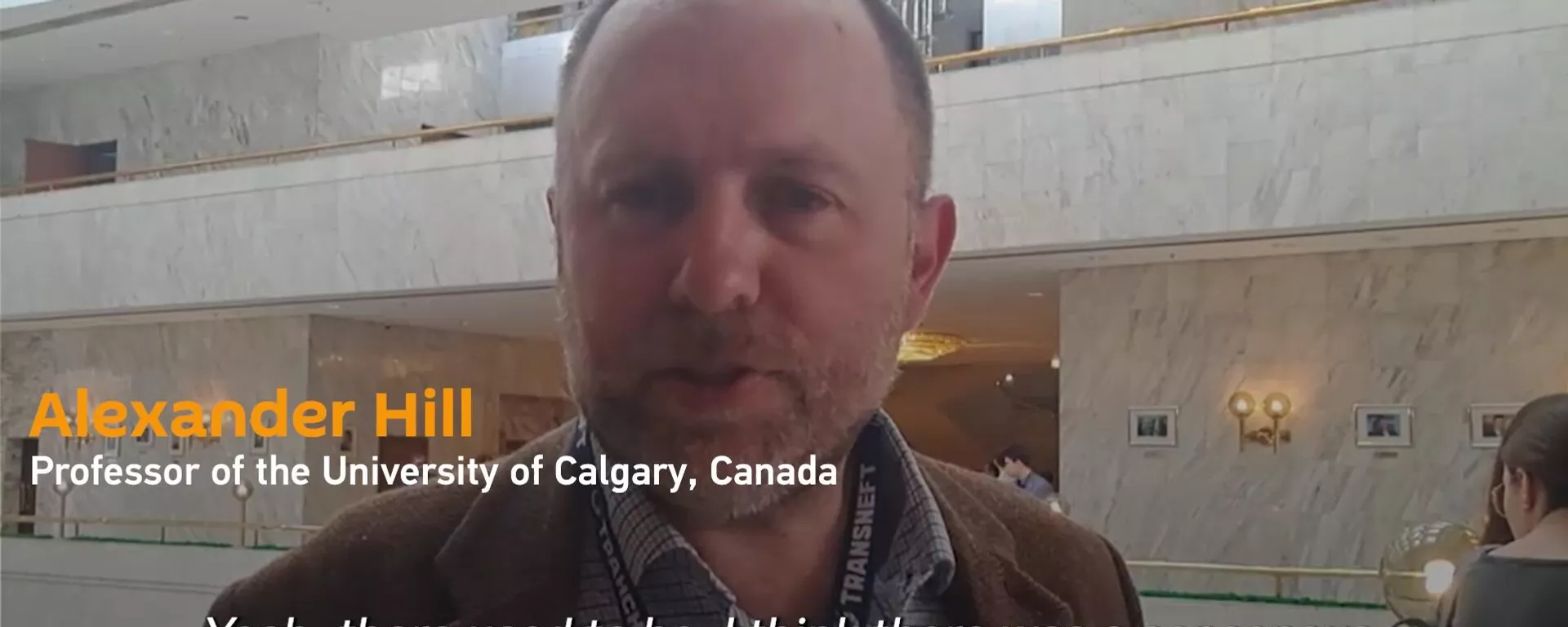

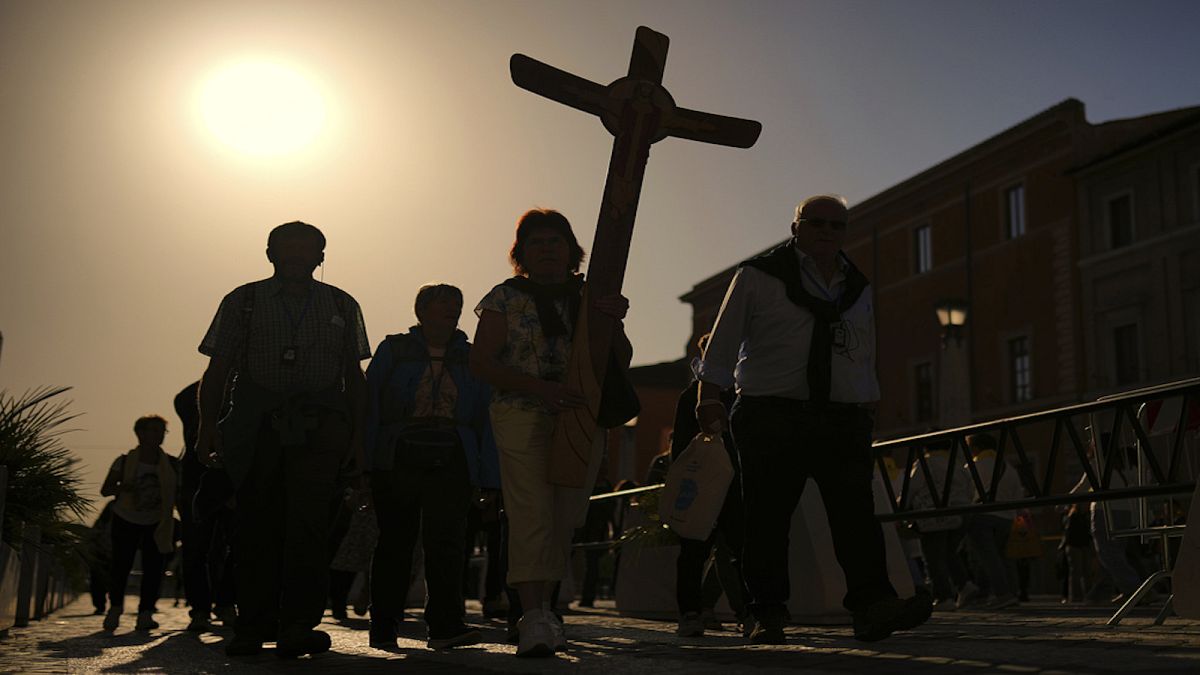
 We deliver critical software at unparalleled value and speed to help your business thrive
We deliver critical software at unparalleled value and speed to help your business thrive






 English (US) ·
English (US) ·